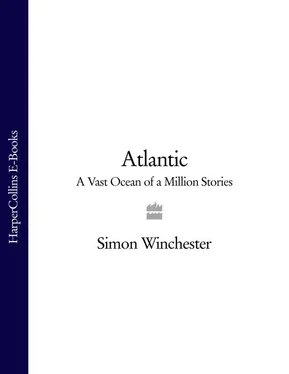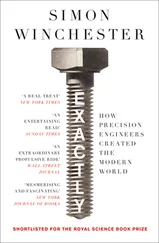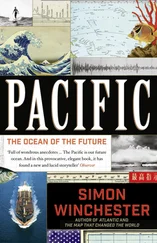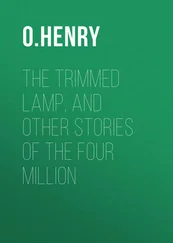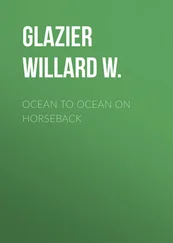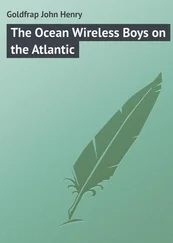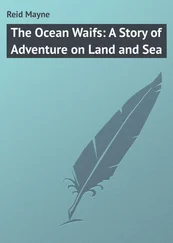Territorially undifferentiated though that early planet may have been, it would not remain so for long. Solid, habitable earth was being manufactured in the cooling planet at about the same time, too.
At first this land was represented by little more than the appearance of countless huge supervolcanoes, each separated from the other so that their clusterings might have looked from the air like the chimneys of a planet-sized industrial complex, giant marine mountains that belched out choking clouds of smoke and spewed thousand-mile-long puddles of thick black lava. Eventually these isolated volcanoes managed to vomit out so much new rock that they started to coalesce, and some of these coagulating masses became more or less stable, such that they could be thought of in aggregate as landmasses. Some long while later, these landmasses formed into even larger bodies of land that could fairly be described as protocontinents. And thus did the defining present-day characteristic of our planet — an entity formed of continents and seas - have its beginnings, although the process of reaching a configuration that looked anything like today’s world was infinitely slow and involved a fantastic complexity. The making and unmaking of a multidimensional topography is only now beginning to be understood.
The earth in its early days may have been both water and land, but it was a scalding and wretched place. It spun on its axis much more rapidly than today: once every five hours the sun would rise, though had any inhabitants been around they would probably not have seen it through the vast clouds of ash and smoke and fire and noxious gas. If the skies ever cleared, the planet below would have been scourged by unfiltered pulses of ultraviolet radiation and gamma rays, making the surface hostile to almost everything. And the newly made moon was still so close that each time it swept around in orbit, it raised great acid tides that would inundate and further corrode such continents as existed.
But some continents most certainly did exist. Today’s geological record contains the relicts of half a dozen or so identifiable former bodies mighty enough to be continents. Their remains have been dispersed by billions of years of planetary restlessness: no longer is any one of these early bodies intact. All that is left is a collection of stratal shards and sunderings that can be dated from at least three billion years ago, and which are now scattered to places as otherwise unconnected as present-day Australia (where parts of this earliest of continents are to be found) and Madagascar, Sri Lanka, South Africa, Antarctica, and India.
The detective work needed to piece together the original continents is prodigiously difficult. Yet it has become possible, by looking carefully at the ages and structures of such rocks, to come up with at least an approximate sequence of events that led to the formation of today’s Atlantic Ocean and the continents that now border it.
It is a sequence featuring the dozen or so continents and seas that have come into existence, briefly or for aeons, over the planet’s life. The lineage commences with the arrival of the world’s first continental body: a mighty, two-thousand-mile long land-mass shaped much like the silhouette of a monstrous albatross, which formed itself and hoisted itself above the boiling seas some three billion years ago. Today’s geological community has given it a suitably sonorous and memorable name: it is known, in honour of the Chaldean birthplace of Abraham, as the supercontinent of Ur.
The remains of other ancient continents have been discovered since the finding of Ur, and they have been given names reflecting either the national pride of those living where they lie, the classical education of the explorers who discovered them, or the realities of modern global politics. They are names mostly unfamiliar beyond the sodalities of geology: Vaalbara, Kenorland, Arctica, Nena, Baltica, Rodinia, Pannotia, Laurentia. They are names that define bodies either as small as present-day Greenland, or as immense as present-day Asia. They were bodies constantly in motion, constantly changing their shape, topography, and position.
Over immense stretches of time, during periods of scourging heat and colossal physical forces, they all shifted themselves slowly and in stately fashion around the surface skin of the planet. Sometime they collided with one another, creating what are now ancient and much-flattened mountain chains. More often than not, they broke apart in a series of slow-motion explosions, events that took millions of years to play out. The shards of their ruin then banged and ricocheted their way around the earth, reordering themselves and occasionally recombining with one another, as though the planet’s surface were covered with the pieces of some enormous jigsaw puzzle that was being operated by an unseen and none-too-bright giant. And all the while, the spaces between the continental bodies were filled with the seas — being constantly shape-shifted and divided up and redivided and configured into bodies of water that were each recognisable, from about one billion years ago, as true and proper oceans.
By Cambrian times, some 540 million years ago, one of these oceans was starting to have a familiar look to it. When it first appeared, its shape was inconsequential - it was merely very big. But during the Ordovician period, it started to become fairly narrow, vaguely sinuous, no more than a thousand miles wide, like a great river coursing across the world from north-east to south-west. That is to say - it was in appearance not altogether unlike the North-Atlantic-to-be.
And because it washed the shores of what would in time become the east of North America and the northwest of Europe, so this supposed Ordovician sea was given the name that it should by rights bear. It was called lapetus, for the mythical figure known by the ancient Greeks as the father of Atlas. The lapetus Ocean, long since dry, and now seen at its spectacular best in the sandstones and deepwater grey limestones in northern Newfoundland that memorialise its existence, was the precursor, the father or mother, of the true and eventual Atlantic Ocean.
• • •
The modern and recognisable world began to come about some 250 million years later - 250 million years ago, indeed - during the end of the Permian and the beginning of the Triassic eras. It was a process that got under way when four of the original protocontinental jigsaw pieces collided and formed themselves into the one supercontinent that has since managed to achieve wide familiarity: the great body known as Pangaea. This vast entity contained every piece of Permian real estate that then existed on the globe. Its name alone says this was one land that comprised all of the world’s land, and it was surrounded by one sea - Panthalassa - that was all of the world’s sea.
Out of these two bodies - one water, the other land - today’s Atlantic Ocean would be made. The process began with a long era of spectacular volcanic violence, one of the planet’s most violent episodes in its entire recent history. Soon thereafter there was a mass extinction of life forms, both at sea and on the land; and then finally Pangaea started to break apart, and the new ocean started to form. The extent to which these three events were connected has been debated at length - especially over whether the vigorous volcanic activity caused both the extinction and the breakup — but these events did occur, and within relatively short order.
The volcanic period was so comprehensively and terrifyingly violent, so generous in its extent and so profound in its consequences that it must have felt as though the entire world were ripping itself apart. A gigantic series of explosions started to cannonade around the central core of Pangaea. Thousands of mighty volcanoes, first thousands of Heclas, and then in time thousands of Krakatoas, or Etnas or Strombolis or Popocate-petls, pushed themselves up and out of the countryside and started to spew fire and magma thousands of feet into the air. A ceaseless round of unbearably huge earthquakes began to shake and shatter the planet, trending along a roughly delineated line that ran for hundreds of miles northwards and southwards, and splintering and smashing the earth for scores of miles downwards into the crust.
Читать дальше
